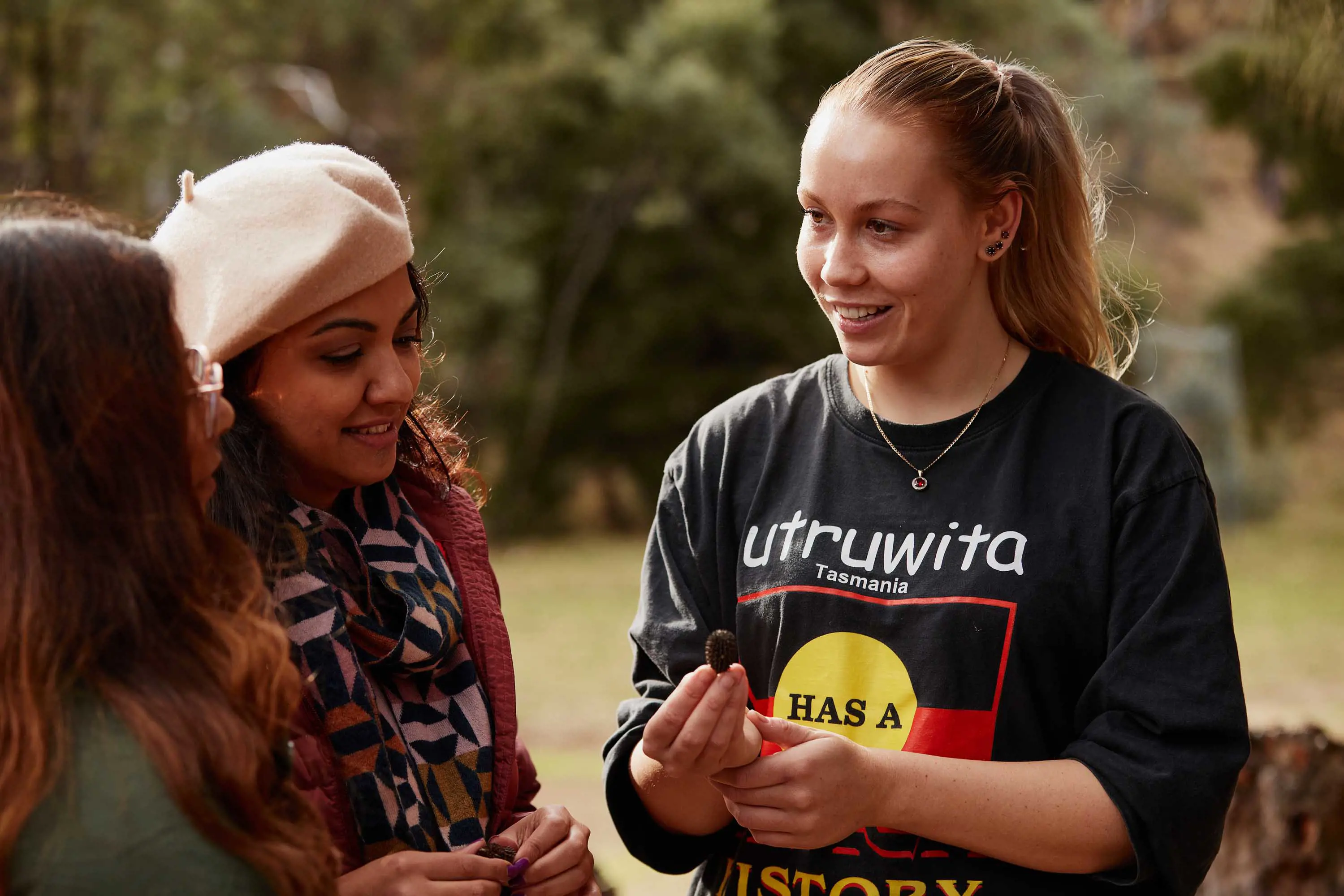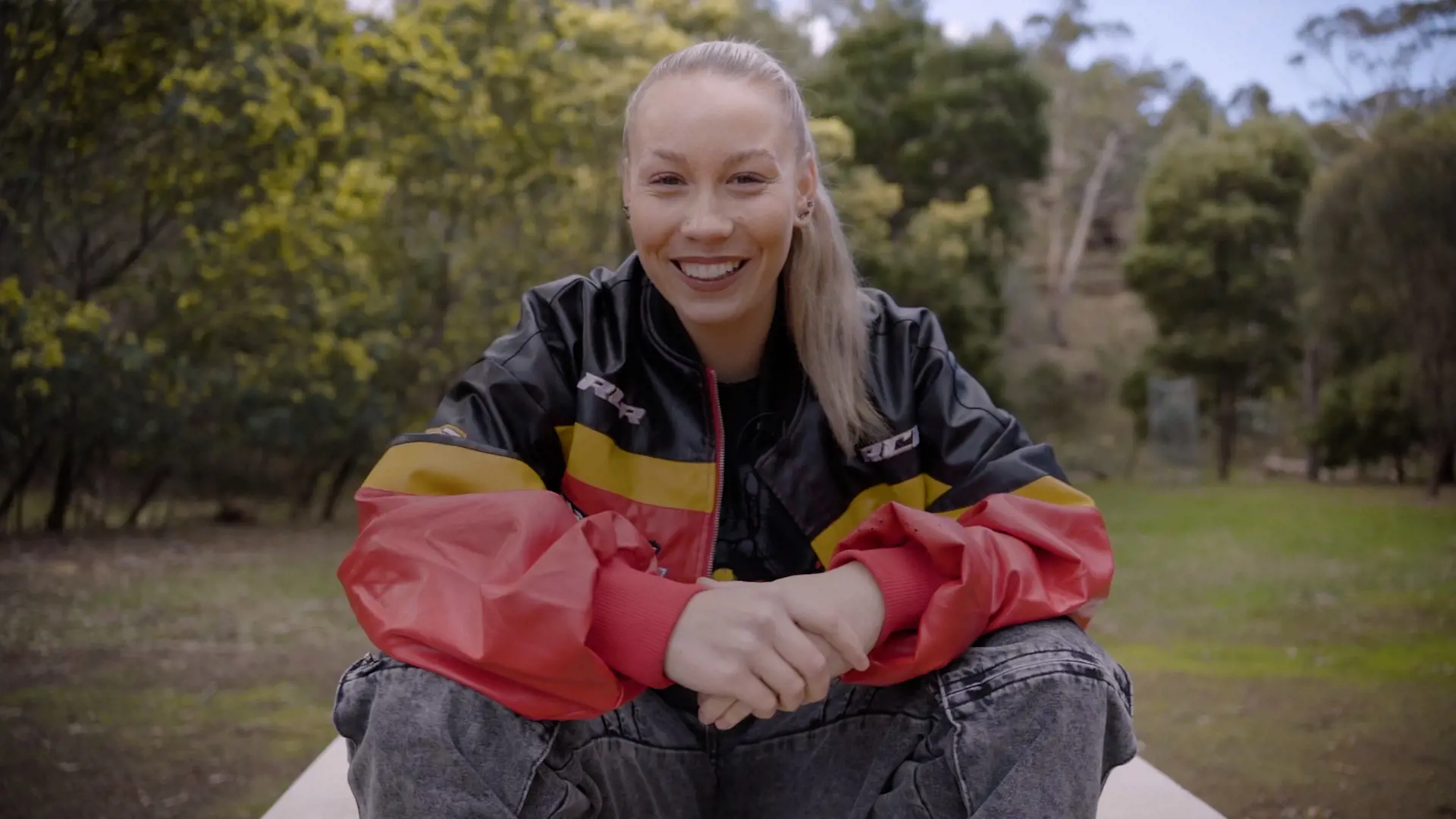Want to learn about traditional Tasmanian Aboriginal bush tucker? Kitana Mansell, a proud Palawa woman, knows all about it.
Mansell was born in Hobart, then grew up in Launceston. She now manages Palawa Kipli, Tasmania’s only Aboriginal food business, 100% owned and operated by Aboriginal people. In palawa kani, the Tasmanian Aboriginal language, ‘palawa’ means Tasmanian Aboriginal, and ‘kipli’ means food.
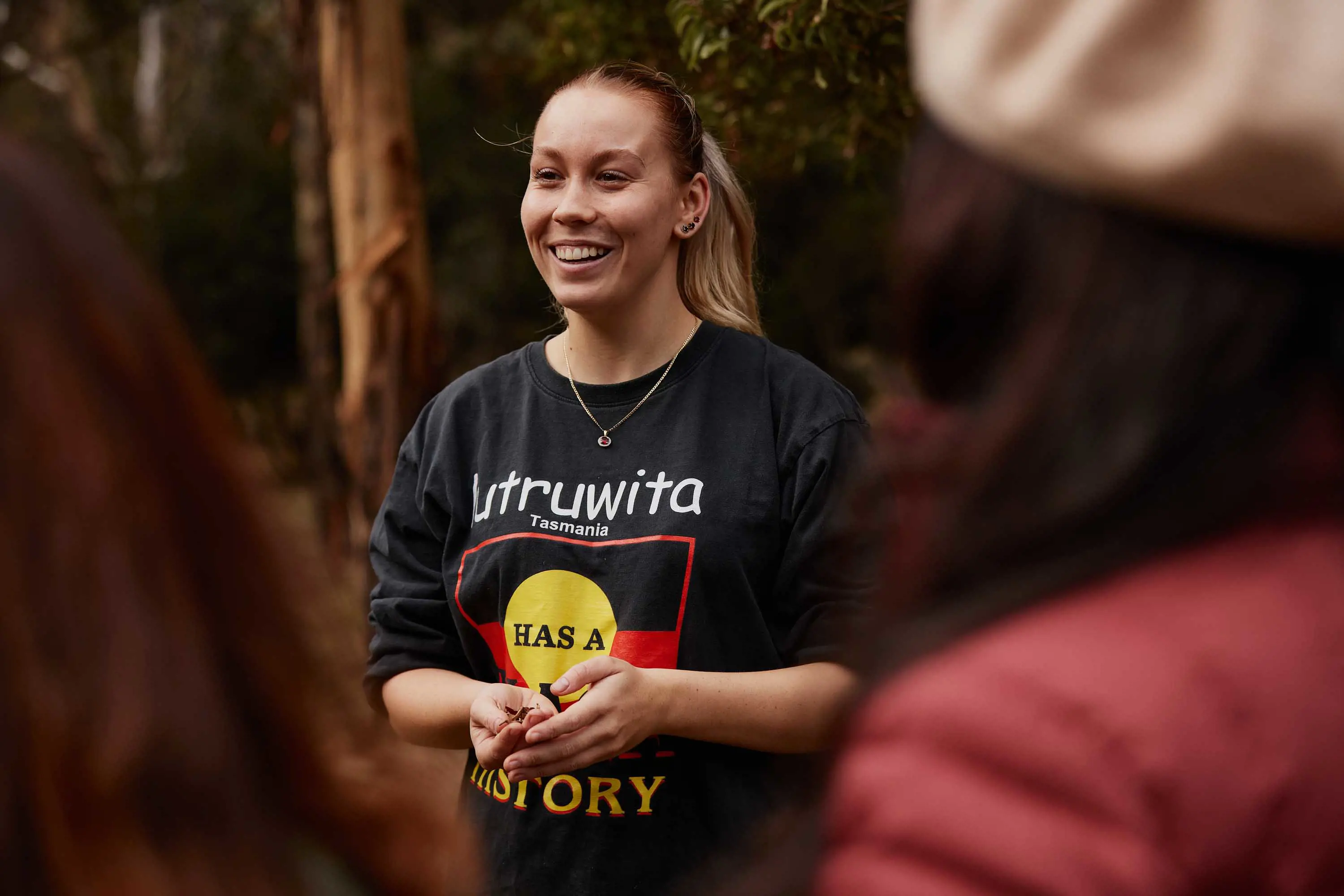
palawa kipli, kipli takara tours
Palawa Kipli is primarily a catering company, but Mansell also runs public kipli takara tours – 90min bush-food walks with Palawa guides across culturally significant lands at Risdon Cove in Hobart. This was the site of the first British settlement in Tasmania (1803) and of the first Palawa deaths at British hands.
Given this history, it’s no surprise that there are deeper motivations here. Beyond just catering and tours, Palawa Kipli is about cultural continuity and revival; as Mansell describes it, “getting more of our young Aboriginal people in our community employed through the business, and really learning our culture, through being on Country, eating and experimenting with our native ingredients."
The goal is to really grow in our native food industry, but to also grow in our cultural knowledge around bush foods.
Mansell’s cousin Tim Sculthorpe started Palawa Kipli in 2018, before handing the kitchen keys to Mansell in 2020. Today, on the Kipli Takara tour, Mansell gathers visitors around a firepit and delivers a moving Welcome to Country. The walking tour then heads off into the bush, where native ingredients grow naturally in abundance.
Mansell enthusiastically reels off a list of natural edibles: “…the cunnigong, also known as the pigface; the kunzea; the wattle seed; the kangaroo apple; the native clover … a really nice sour kind of flavour; the sheoak; and also the bracken fern.”
Walking alongside Mansell, visitors find, smell, touch and taste native bush foods. With each new discovery there’s a sense of delight and ‘hidden in plain sight’. These foods are growing all around Tasmania – a largely unknown, underutilised and sustainable resource.
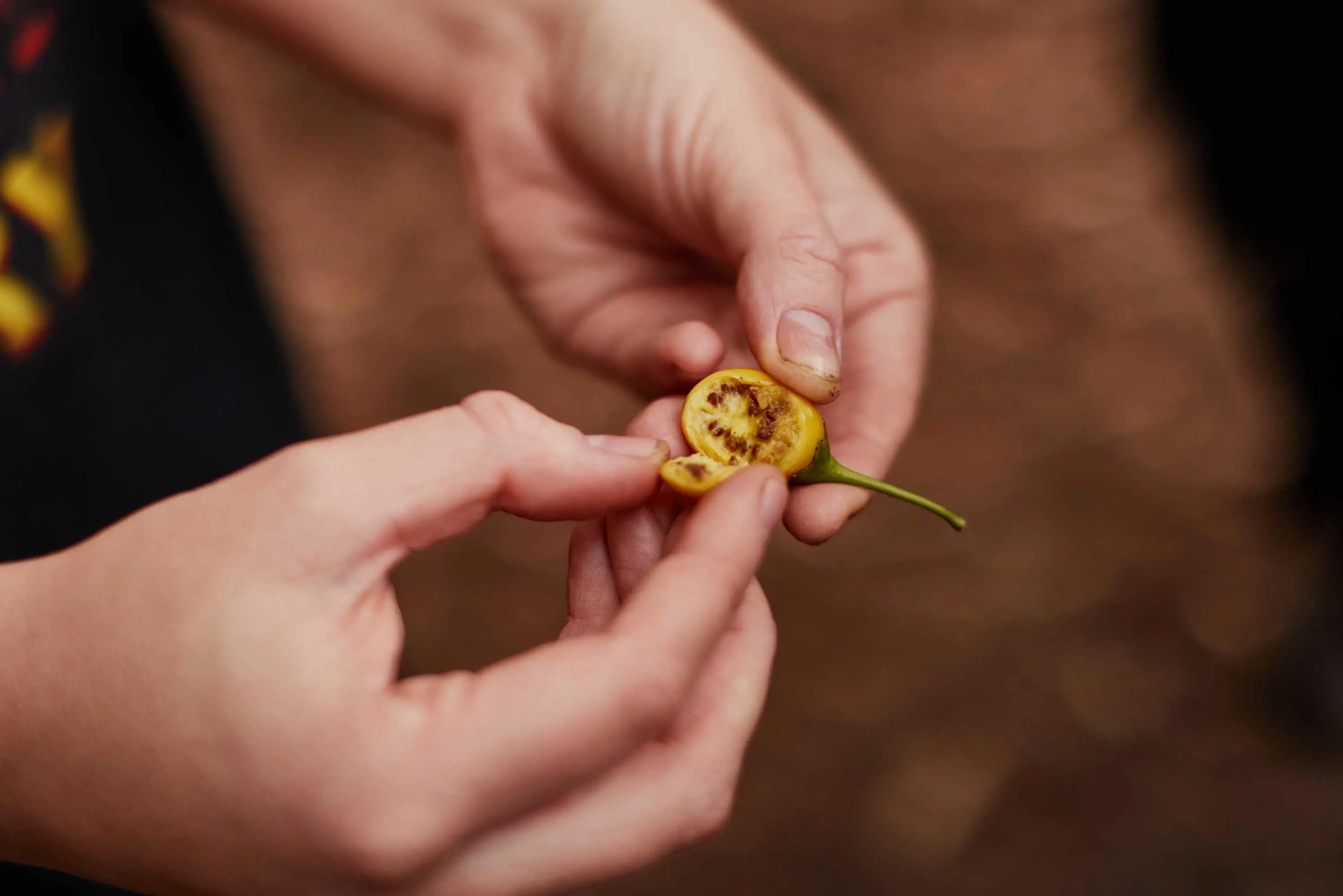
palawa kipli, kipli takara tours
The Kipli Takara experience ends with a tasting of unique native finger food and drinks – or guests can book a private sit-down cultural dining experience, featuring a six-plate set menu of high-end bush tucker.
Aside from what’s available on-site, Mansell cooks with traditional foods that her people have been eating for thousands of years: “Mutton birds, wallaby…even seals, duck eggs, swan eggs…” she says. “Also possum; oysters, such as the angasi oysters that we have here in Lutruwita / Tasmania; abalone; scallops…also the edible seaweed that we have growing in our waters.”
Mansell’s top ingredient? “Throughout my teenage years, I would go over to the islands and mutton-bird with my grandfather … the mutton birds are definitely my favourite dish,” she says.
Want more sustainable travel inspo?
Meet Tasmania's passionate sustainable tourism community.
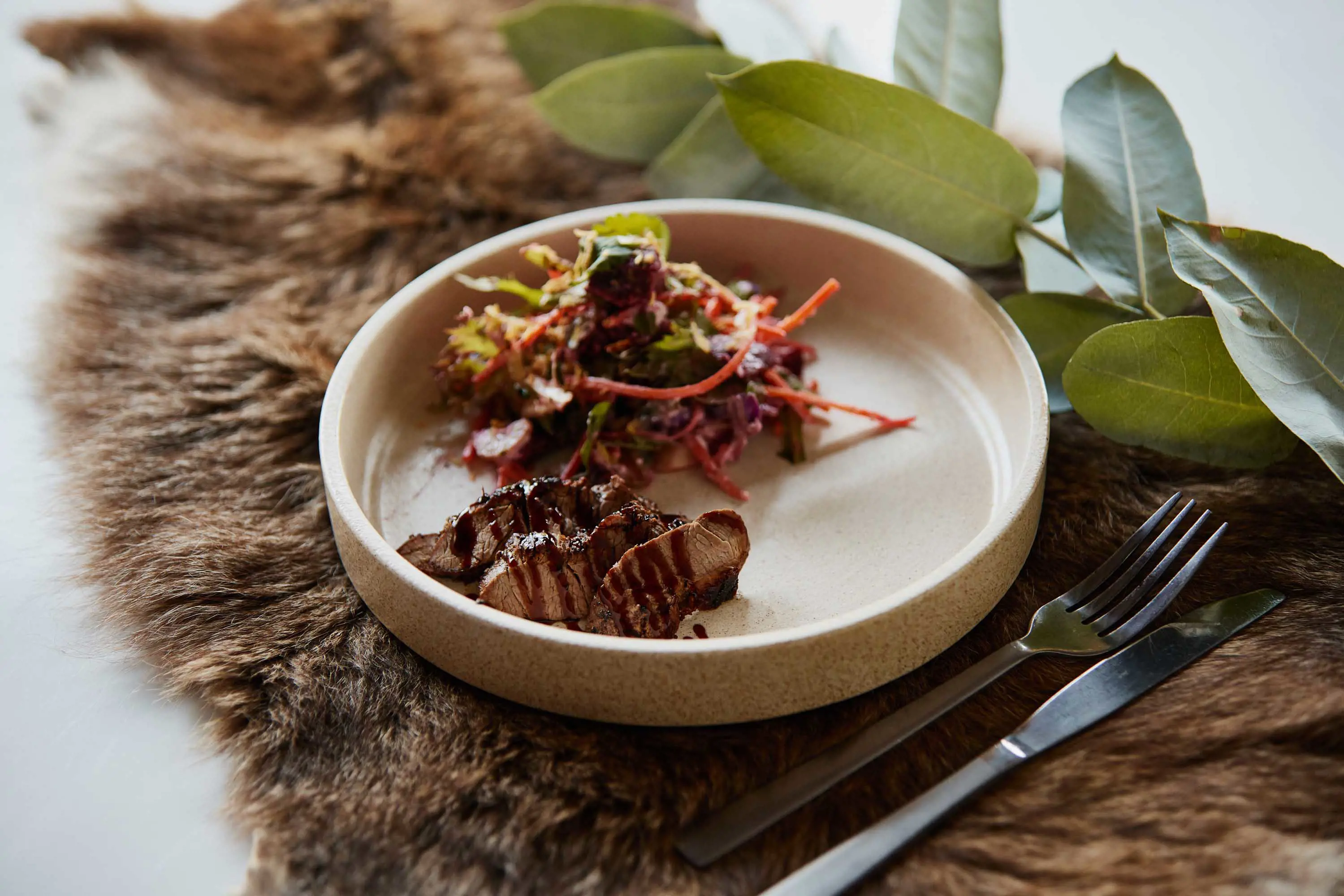
palawa kipli, kipli takara tours
If visitors want to learn more about Palawa history and contemporary culture, Mansell recommends Black Led Tours run by her auntie Nunami Sculthorpe-Green. “She runs them all across Lutruwita / Tasmania,” Mansell says, including a walking tour in central Hobart. “It's really important to understand that even in this kind of colonial-looking space, that there is that deep history of Aboriginal culture right under our feet.”
“wukalina Walk is a great opportunity to learn and to hear from Palawa guides about our culture and our bush tucker,” Mansell continues. “Walking through the landscapes of the Larapuna / Bay of Fires area, we can really embrace that knowledge and that culture, being on Country.”
More traditional bush food can be sampled at Boat Harbour with tunapri Patuyala Palawa cultural tours. Taste seasonal flavours, make your own traditional-style crafts and learn about nature, culture and science from proud Palawa waypa (Tasmanian Aboriginal man) Jye Croswell on this 1.5hr exploration through a coastal wonderland.
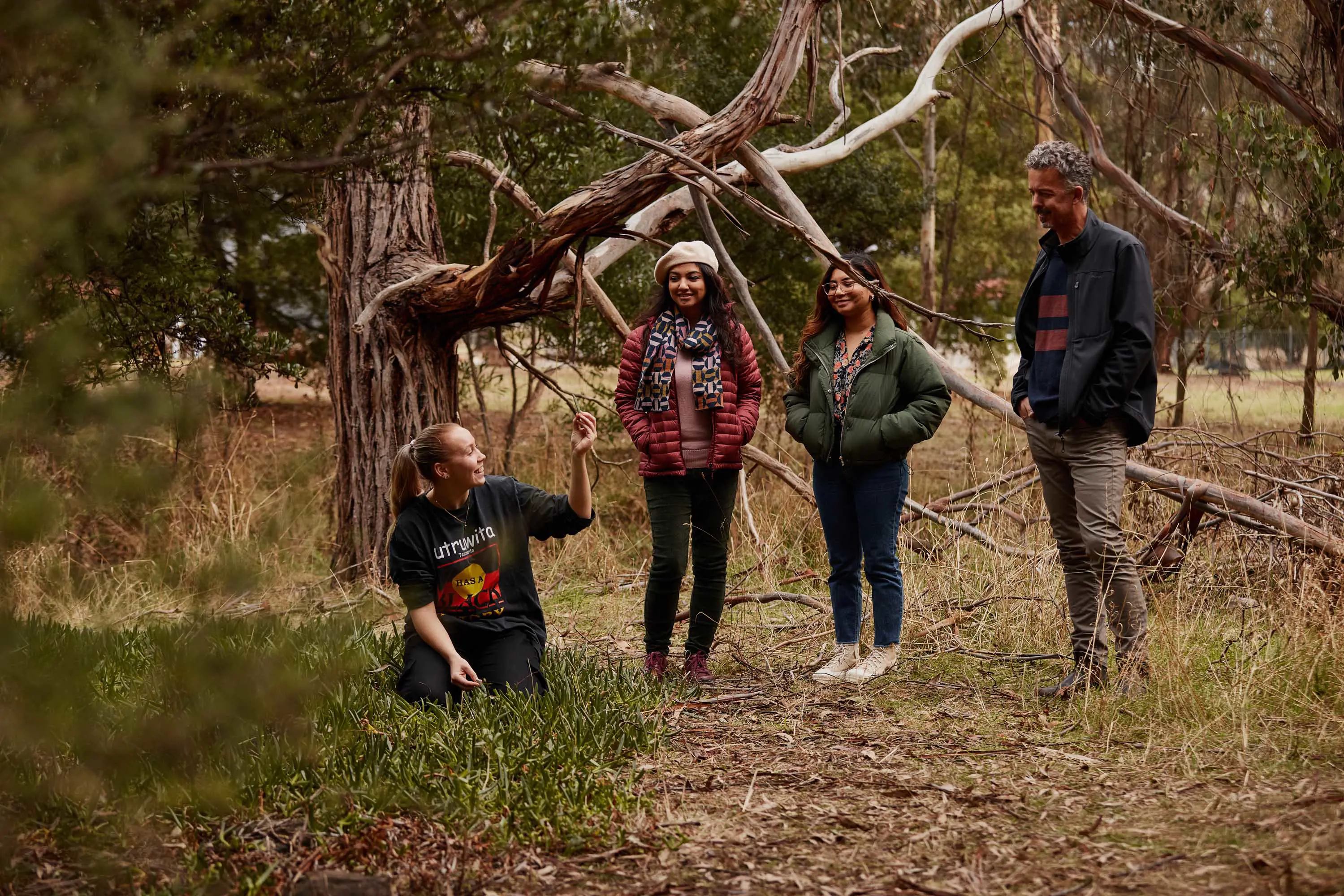
palawa kipli, kipli takara tours
Mansell hosts plenty of international visitors, but also welcomes local Tasmanians who want to learn more about Palawa culture.
“When people come on the Kipli Takara tour,” she says, “or are coming to Aboriginal businesses to learn from us, it makes our Palawa community feel really valued in what we’re saying and what we're sharing – because for so long, we were forced to not speak our language, continue our cultural practices, or be who we are as Aboriginal people.
It's really important that we are still here and still speaking our language and continuing that cultural practice through tourism and hospitality.
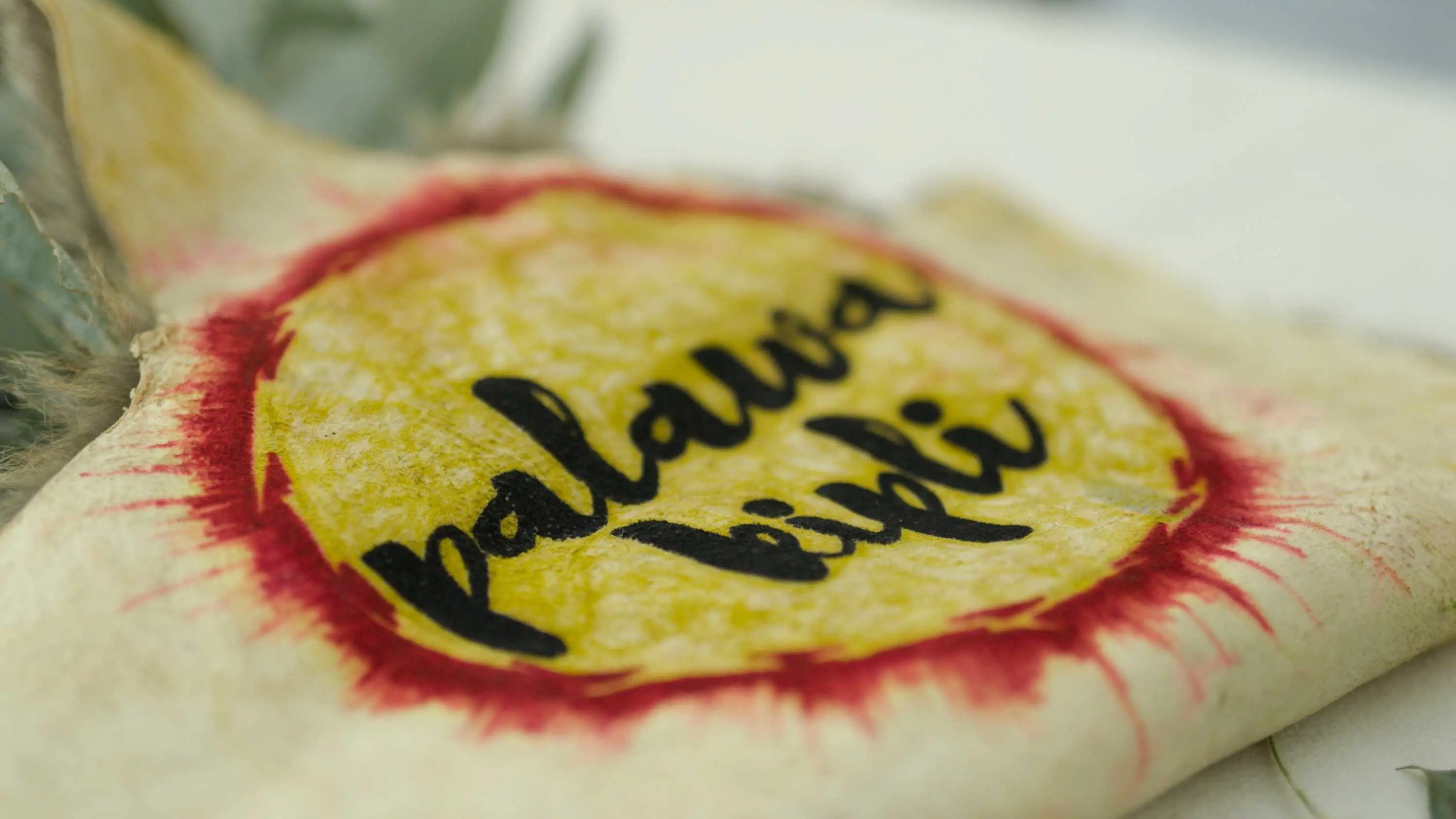
Frequently asked questions
Where can visitors learn more about Tasmanian Aboriginal culture?
Aside from Aboriginal cultural experiences such as Palawa Kipli, wukalina Walk and Blak Led Tours, visitors to Tasmania can learn more about local Aboriginal history and contemporary culture at the Tasmanian Museum and Art Gallery (TMAG) in Hobart, and the Queen Victoria Museum and Art Gallery (QVMAG) in Launceston. Also in the north, kooparoona niara runs cultural tours around Launceston and the Great Western Tiers.
What is palawa kani?
Palawa kani is an evolving, reconstructed language based on records and accounts of the estimated dozen languages once spoken by Aboriginal people across Tasmania.
What are some of the Aboriginal place names in Tasmania?
Travelling around Tasmania, visitors will notice official dual names in signage, and in common use on the ground: Kunanyi / Mount Wellington in Hobart, Kanamaluka / River Tamar in Launceston, Takayna / Tarkine in the north west… This list of Aboriginal place names, assigned to natural features and places around the state, is growing all the time. The Aboriginal and Dual Naming Reference Group that assigns names is managed through Land Tasmania.
